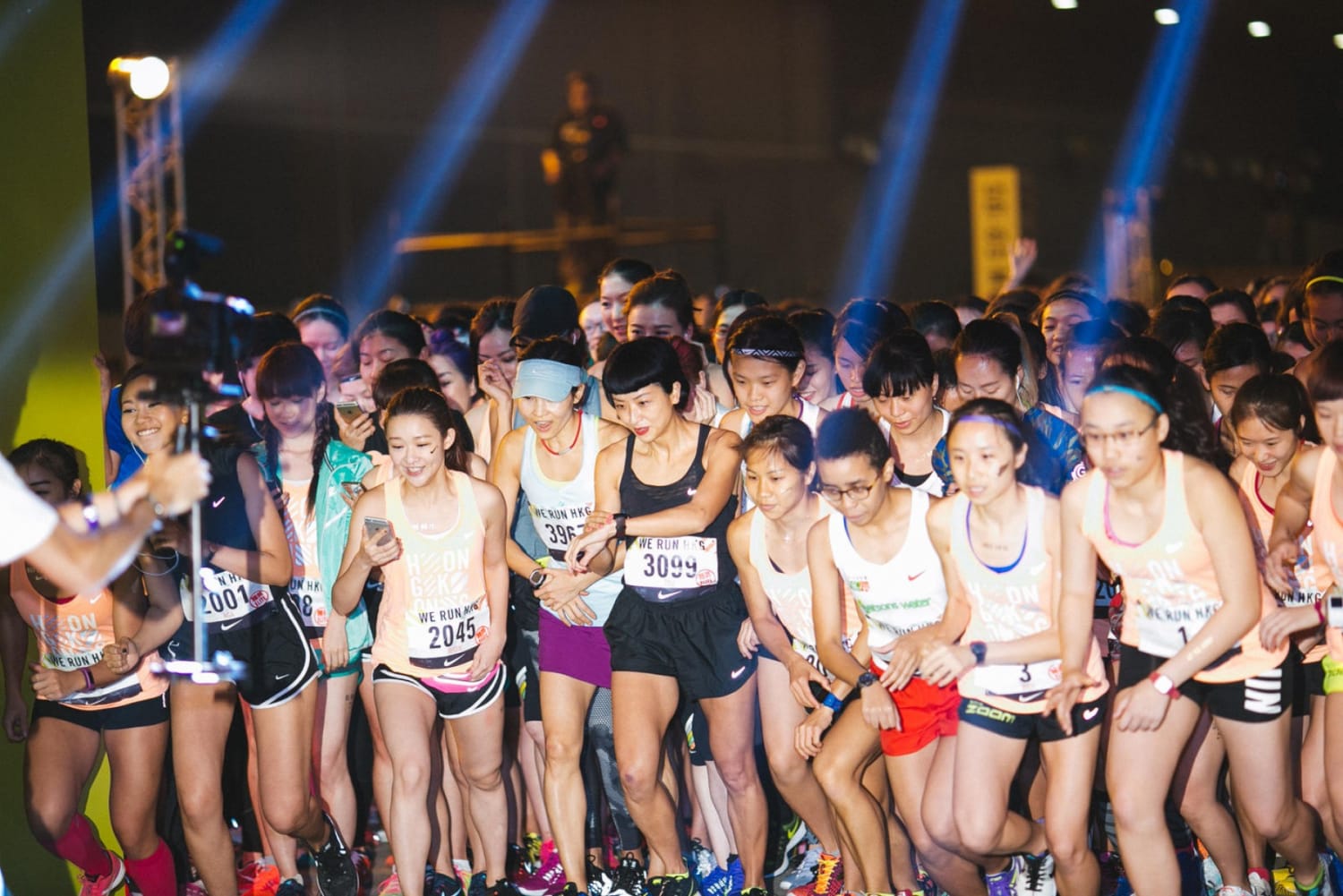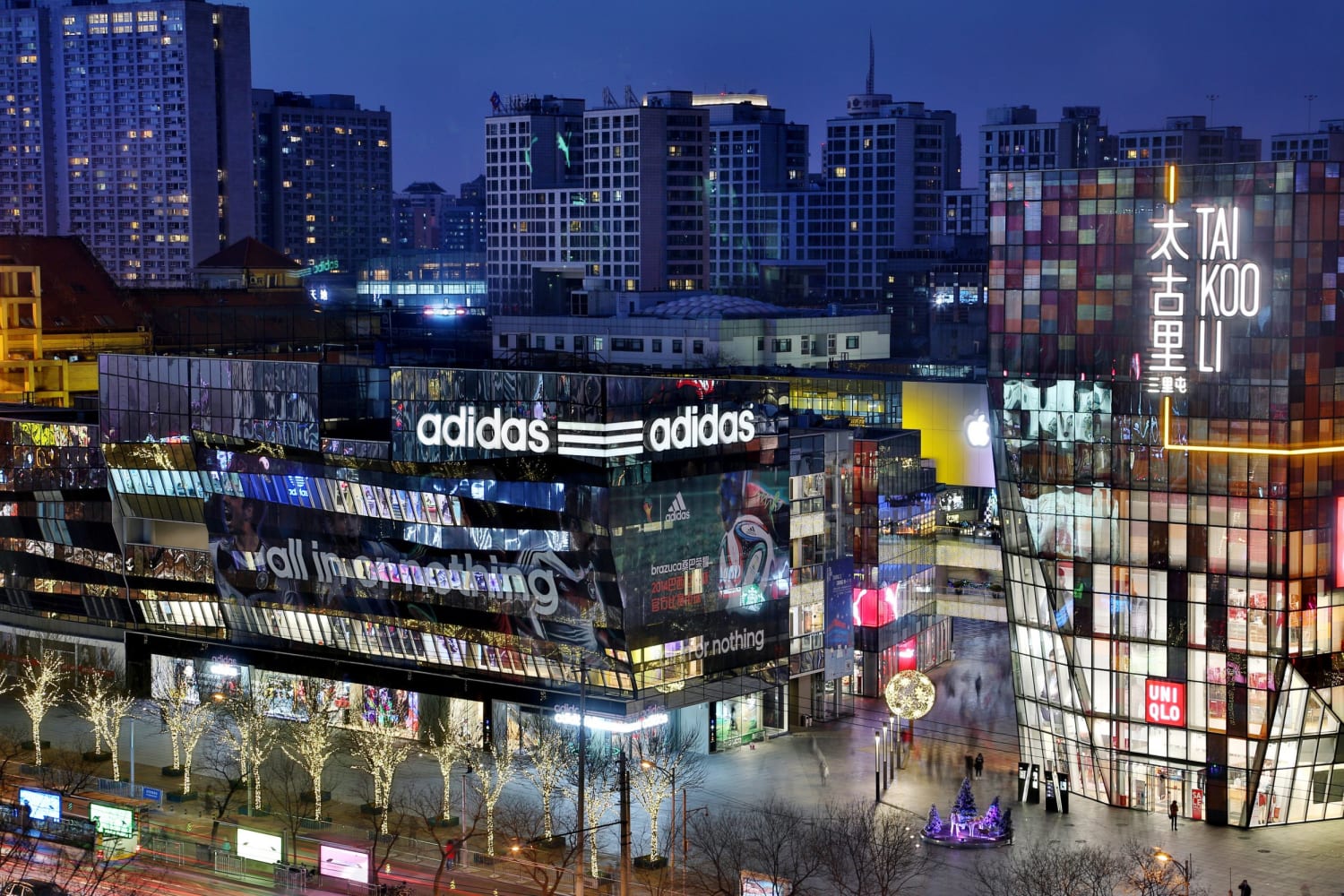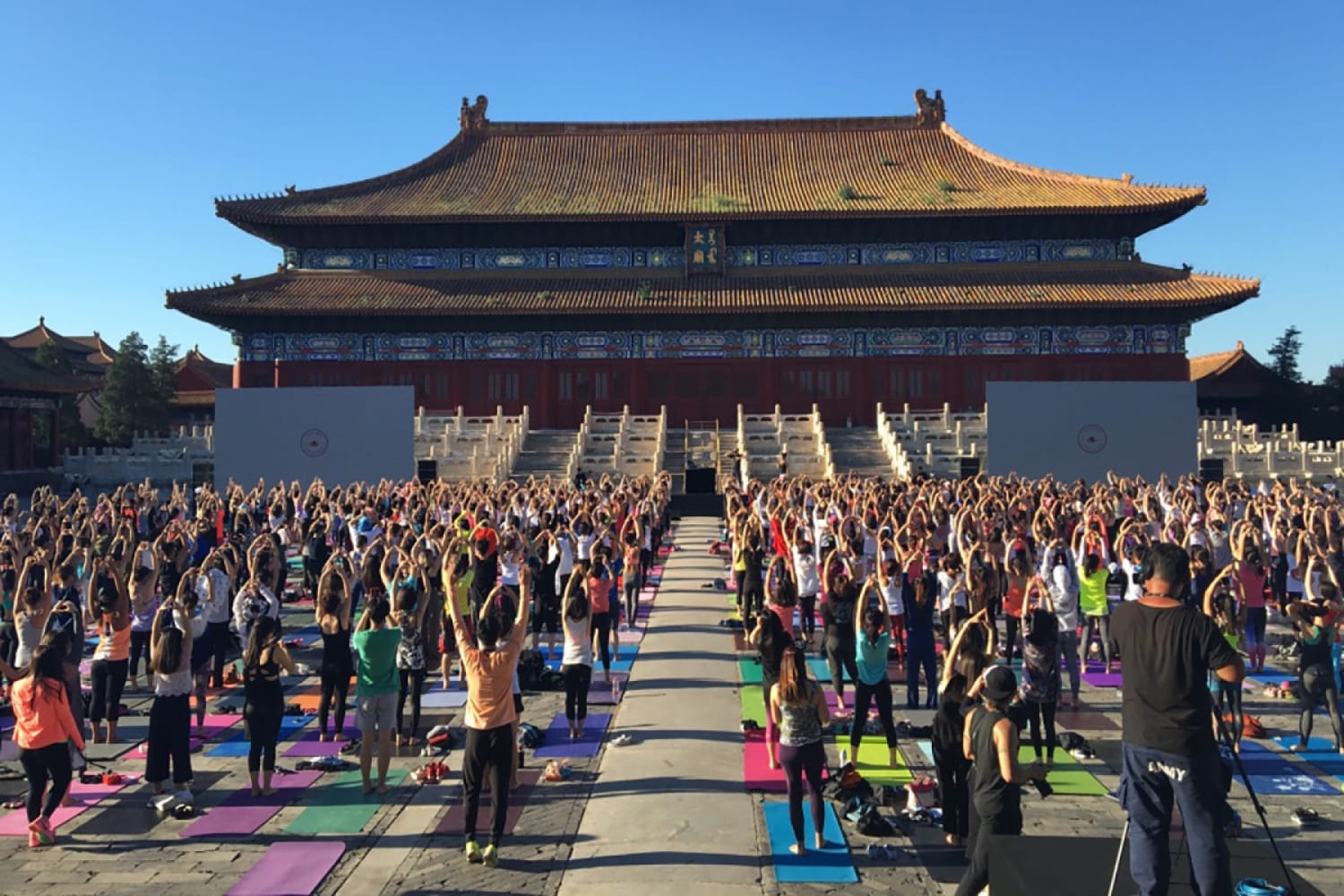Not immune to the global surge of interest in active lifestyles, China has recently seen a spike in interest in fitness brands, and demographic and cultural shifts suggest that the sector is set to grow over the long term.
A fitness boom in China is driving expansion for activewear brands and retailers.

The gym and fitness industry in China has grown at an annualized rate of 11.8% since 2011, according to a 2016 report from IBISWorld, and is set to generate close to $6 billion in revenue this year. Although US fitness-industry revenue is significantly larger at $30 billion, the comparable US growth rate of 2.5% is puny by comparison.
Rising incomes for China’s middle class mean that consumers have more disposable income for gym memberships and fitness classes. A large and active millennial population has also fueled the trend, and Chinese women are seeking to meet evolving beauty standards that increasingly favor toned physiques over waifish figures.

China’s fitness boom is also backed by the government. In June, the country’s State Council unveiled a five-year fitness plan that aims for 1.5 trillion yuan ($225 billion) in national spending on sports and fitness by 2020. The plan focuses mainly on teenagers, who will likely carry fitness habits forward as they age. In partnership with China’s Ministry of Education, Nike also launched a 3-year initiative to expand the physical education curriculum for China’s youth.
China is already a key driver of growth for some of the biggest US fitness retailers. In fact, athletic wear is so popular in China that it could displace the luxury industry: According to a March 2016 report from Euromonitor, China’s sportswear market is predicted to surpass the luxury goods market by 2020.
“It is huge—that wellness and healthy lifestyle opportunity in the whole of China,” Colin Grant, chief executive of Hong Kong gym operators Pure Group, told Reuters. “Luxury has its challenges but activewear is a bright spot in the industry. Some people wear it to weddings in China.”

Established brands are doubling down on their presence in the region. Adidas announced a plan in March to open 3,000 new stores across China by 2020, bringing its total to 12,000. At the same time, other fitness companies plan to enter the fray. Under Armour plans to open 120 stores across Greater China during 2016, said founder and CEO Kevin Plank on an earnings call with investors. Currently, Under Armour operates a Brand House in Beijing, a retail concept that sells apparel and shows off the company’s innovations in footwear and fitness tracking.
As fitness companies prepare to make inroads into China, they are increasingly turning to unique events to capture China’s active millennials. Under Armour sent NBA MVP Steph Curry on his second tour of the country in September, signing Under Armour merchandise and playing fans at sponsored events in Guangzhou, Hong Kong and Taipei. According to Plank, Under Armour saw more revenue in China in the first quarter of 2016 than in all of 2014, much of that driven by footwear (including Curry’s sneaker line).

In Beijing, hundreds showed up for an outdoor yoga session in the Forbidden City in August. The event was part of Lululemon’s “Unroll China” initiative, the company’s push to introduce potential future customers to active lifestyles. Although the company has yet to open a store in China, it does have a showroom in Beijing, with another planned for Shanghai.
“We are here during the same wave as the athleisure movement, but that’s not what we want,” Lululemon’s senior vice president of Asia-Pacific Ken Lee told Jing Daily. “We want to be relevant for the long-term.”
Fitness-themed events overall are on the rise in China, mirroring the growth in fitness at large and providing opportunities for other brands to launch unique experiences. Military-style obstacle course Tough Mudder will host its first China event in Shanghai in October, while the city of Hefei will host China’s first Ironman triathlon. In 2015, the Ironman brand was bought by the Beijing-based Wanda Group.
Browser Tracking Protection enabled. Unable to display content.

While the growth so far has been explosive, the fitness industry in the country still has plenty of room to expand. Sports made up 3% of US GDP in 2015, but just 0.7% of China’s GDP, according to a report by Chinese multinational bank ICBC. And a 2014 report from the Boston Consulting Group found that China’s health and wellness market was expected to reach nearly $70 billion by 2020, creating opportunities for fitness-focused retailers throughout the decade.
For more on China’s new generation of health-conscious consumers, see our report on China’s shifting grocery habits.
Please provide your contact information to continue.
Related Content

Double Victory at the Ad Age Creativity Awards

